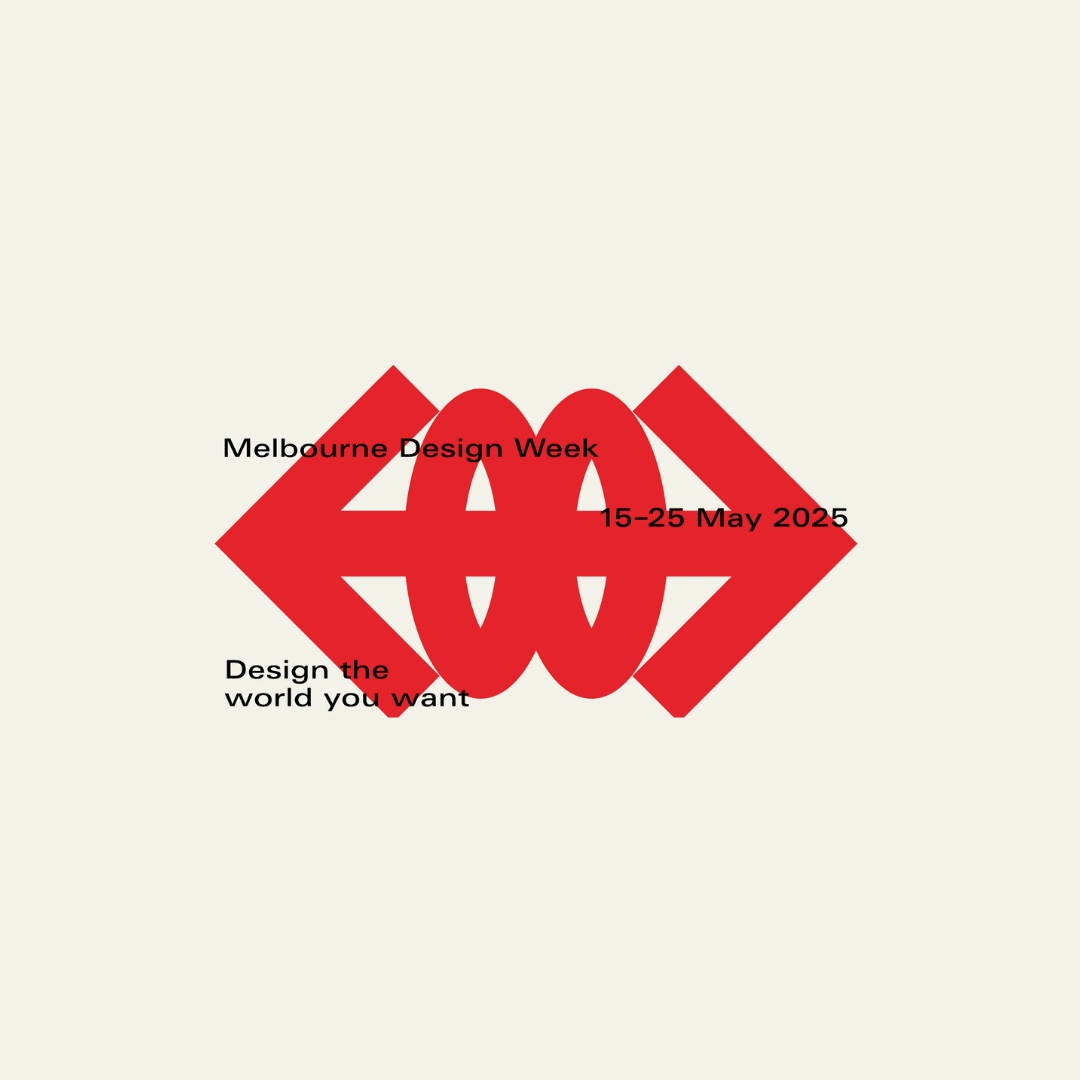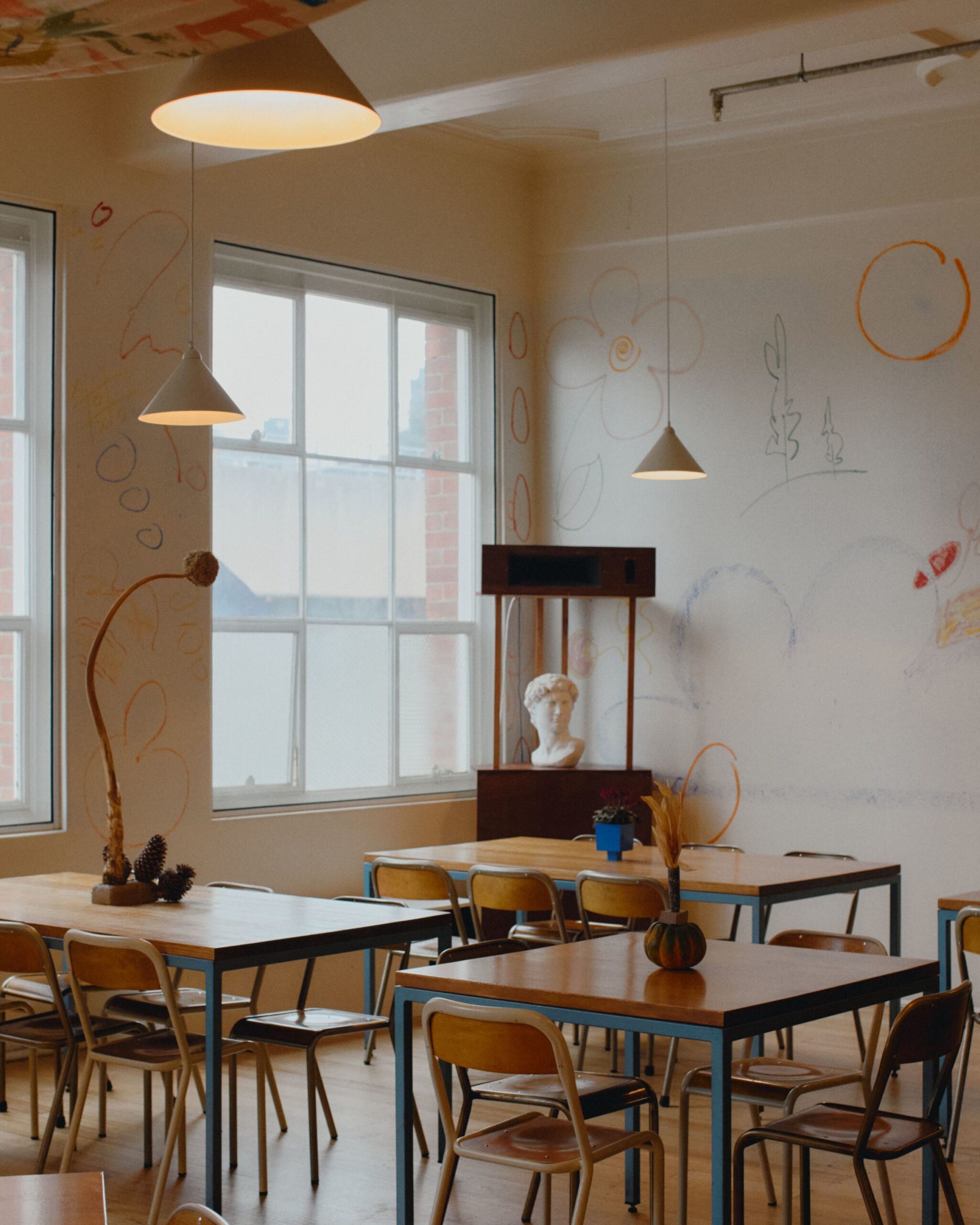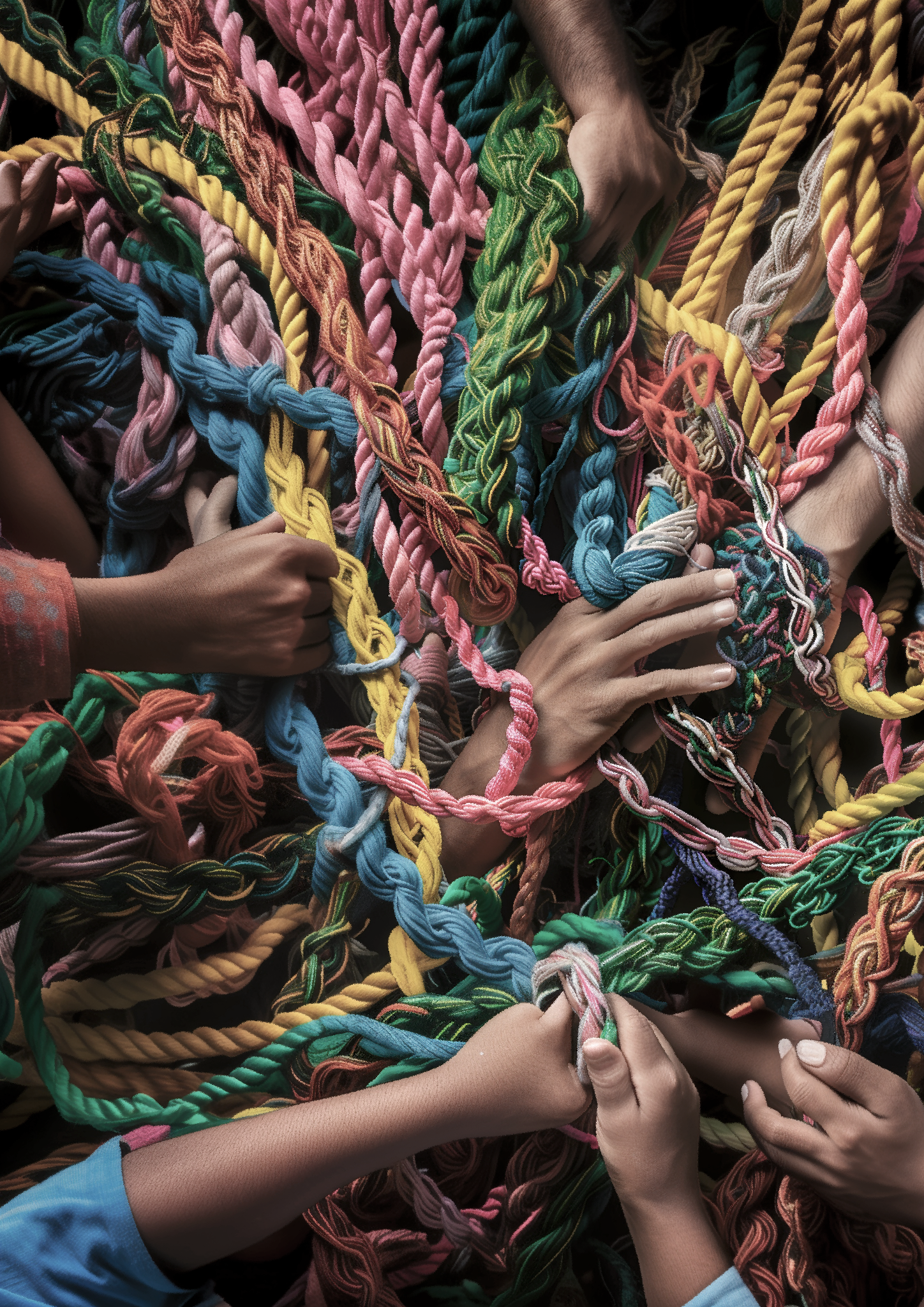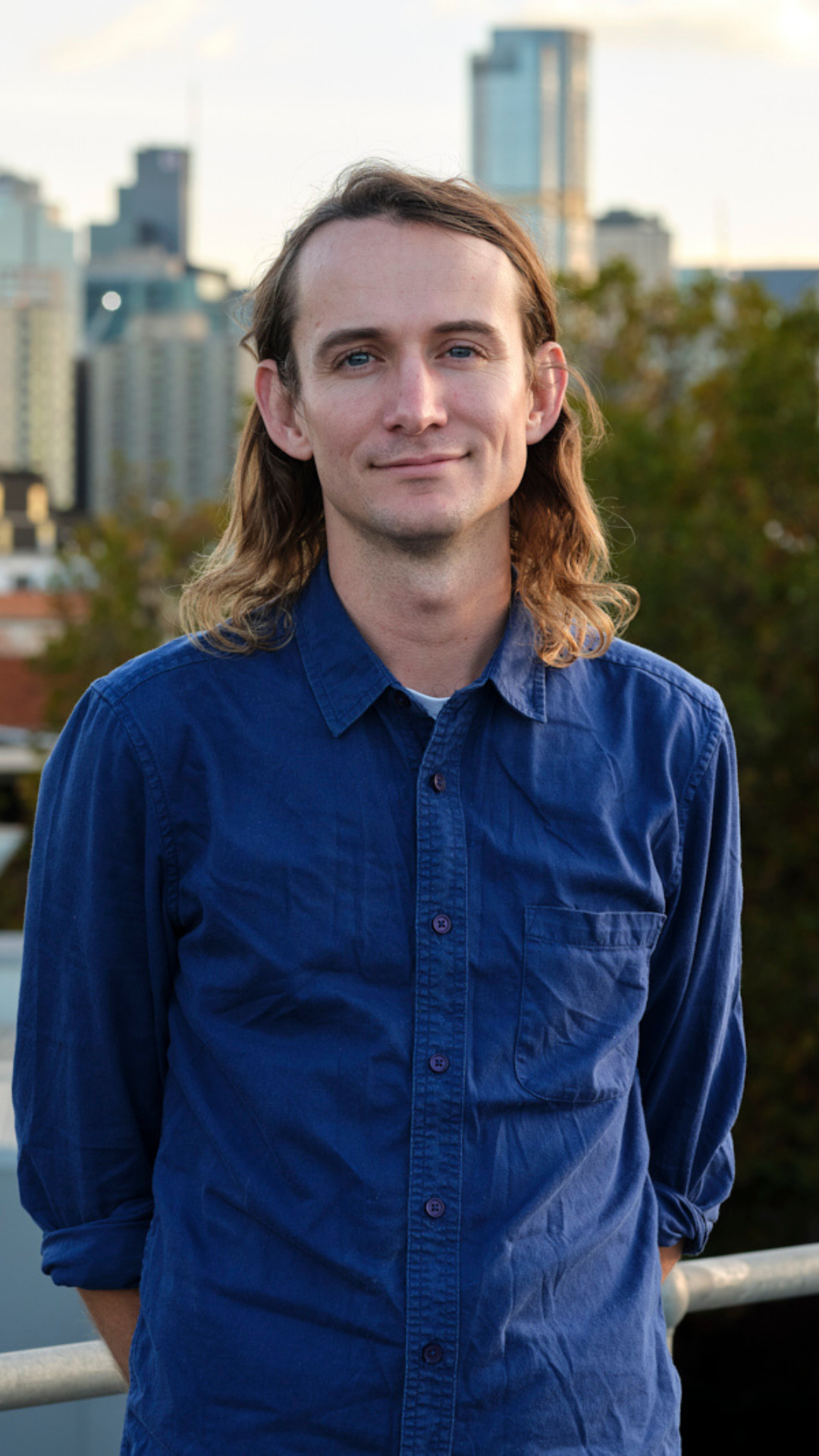In conversation
with Rainbow Chan
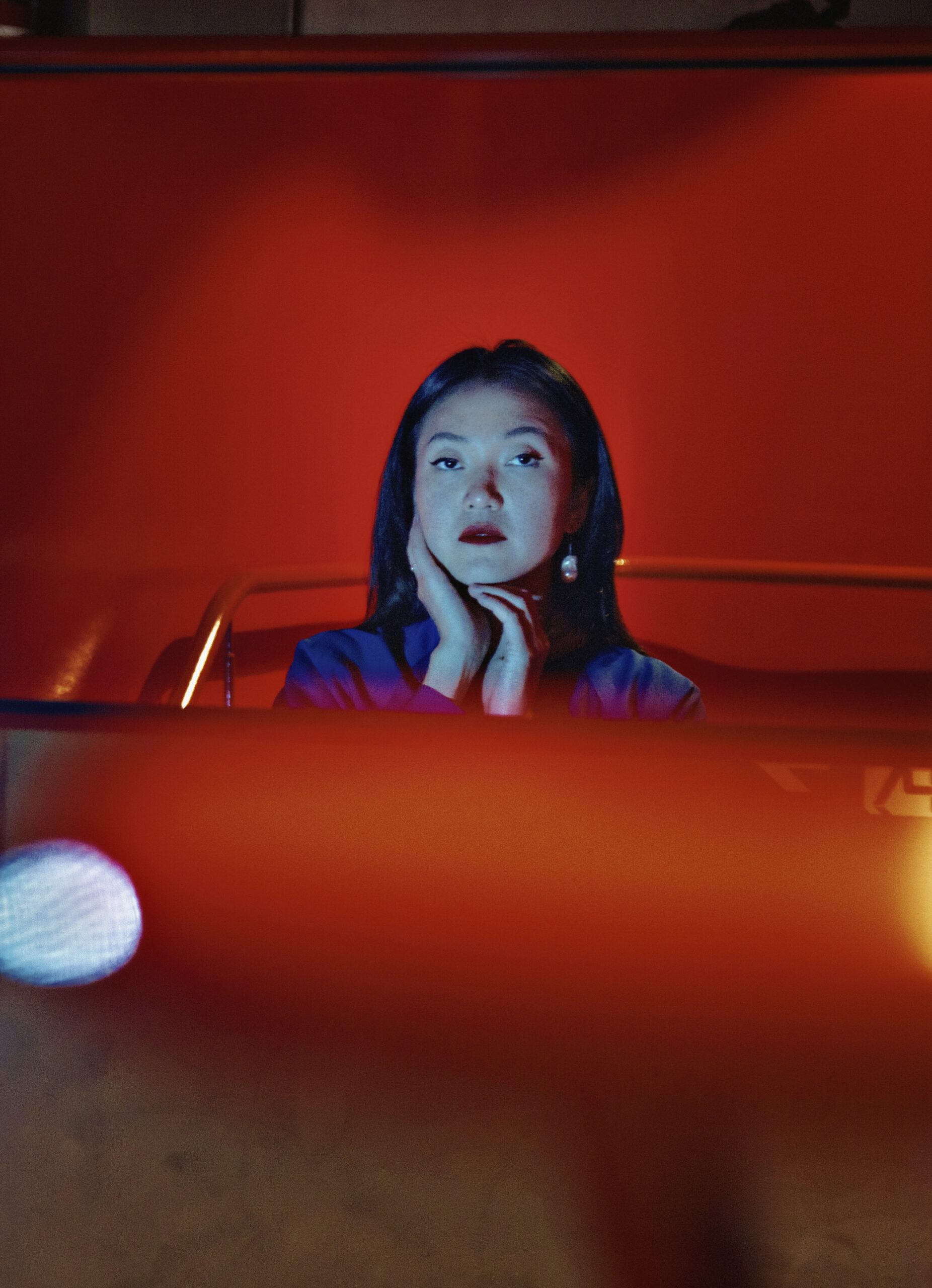
Studio Artist Rainbow tells us about her practice, making the move to Naarm and her forthcoming new work The Bridal Lament
Can you please introduce yourself and tell our readers a bit about your practice?
I’m an interdisciplinary artist with a background in pop music, as both a vocalist and producer. I’ve been doing that for over 13 years now, and in the last five or so have started to move into gallery and museum contexts through my visual arts practice. I make silk paintings, textiles, weavings and embroidery, and often present these in installation contexts. I’m also a teacher and tutor at various universities. I do lots of music workshops with young people and that’s something I’m really passionate about, especially electronic music production. I actually did a workshop for The Push recently. I think electronic music can feel very hard to begin with because there’s so many gadgets and so many unknowns, unlike an instrument which you can kind of pick up and understand the entirety of the object.
Right now I’m embarking on my first theatrical debut, which is a song cycle. I don’t see this as a jump in any way, it’s more an extension of my performance practice. I’m interweaving storytelling, cultural research, history and research into language into this bigger work, The Bridal Lament, which I think will continue and be a kind of a lifelong project.
Maybe now’s a good time to dive into my next question, what’ve you been working on recently and what have coming you got coming up?
The Bridal Lament is showing at Liveworks in Eora (Sydney) from 19-22 October. It then goes to OzAsia Festival for a season in Tarntanya (Adelaide) from 1-2 November. We’re in conversation about bringing the show to Naarm (Melbourne) next year too.
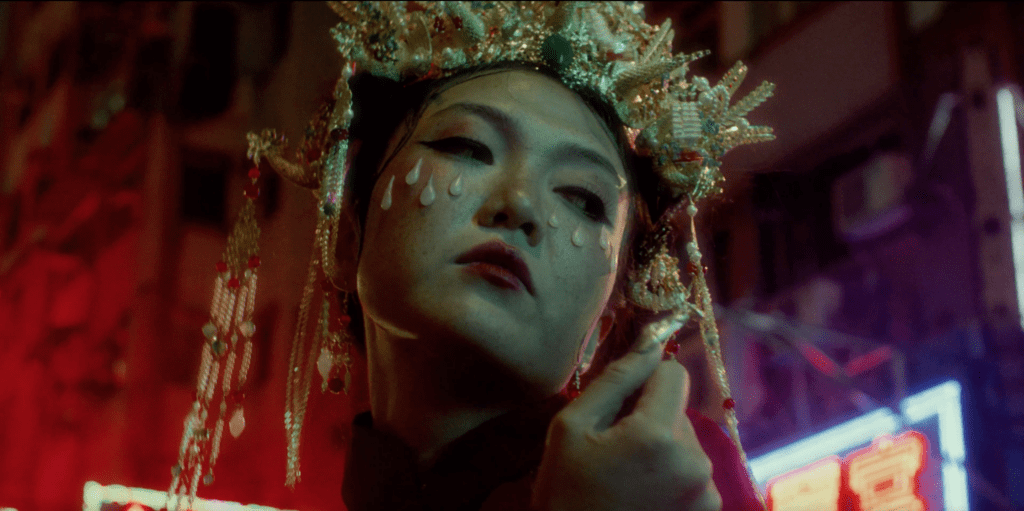
Do you want to give some further details about the work and its conceptual underpinning?
Sure! The Bridal Lament is the accumulation of five plus years of research and digging into archives and family histories. It all started with a question I had for my mum. My mum is of Weitou heritage, and Weitou people were the first settlers of Hong Kong. They migrated from Southern China around 900AD. Weitou was the dominant language group in the area until the British got there, and now, within a couple of generations, this language, history and knowledge is on the brink of disappearance. My mum’s mother tongue is dying out, but she didn’t pass it on to us, her children, because when she was growing up, it was very stigmatised.
I realised if I don’t learn this, or at least inquire, it’s going to disappear. So, I asked her whether she could teach me some of the dialect. And she said, “you’re a musician, I think you will be able to learn more about the language if you learn it through song”. My mum doesn’t know how to sing any of these songs, because it wasn’t passed to her generation, but she had heard her mum and aunties in the village singing them (that’s how women passed on knowledge). They weren’t allowed to go to school and so their education was through oral traditions between women. They told stories through songs, crafts and cooking, in very domestic settings and as they toiled the land.
My mum connected me with a community development group in a village in Hong Kong called Lung Yeuk Tau, and there is a group of elderly women there who are the last holders of this knowledge. They’re really hilarious and cheeky, and were really generous with welcoming me into their lives. There was already a project going on there to conserve these oral histories, so I was very lucky to step into that space, and become a younger custodian of sorts to continue this knowledge and song cycle.
What was most compelling to me was learning about these things called bridal laments. Historically, women were forced into these arranged marriages as young girls. They would spend their whole lives preparing for this moment by learning these songs called bridal laments. Once a woman was married, she was severed from her home, spiritually and sometimes physically, as it was very hard to get around back then and you would visit your family maybe once a year. Once you were married, the groom’s family would treat you like shit basically. It was a very subservient, patriarchal structure. So, the ritual of marriage was seen as a sort of death for a girl, in which she sheds identity and is reborn as a wife.
As part of that ritual, they would spend three nights crying and singing these laments to their family members and all their friends in their village, as a way of saying goodbye. It was a way to vent all their frustrations about the world and patriarchy and the loss of this ephemeral contained space of girlhood. After that, she’s not allowed to complain ever again. This knowledge is not widely known, in Hong Kong it’s not really in the mainstream consciousness. It’s crazy to think this practice was once in place everywhere in this region and now, it’s basically disappearing.
As a musician, I fell in love with these songs for their melodies and their lyrical depth. Considering these women didn’t go to school, the complexity of these lyrics is incredible. They draw upon animals and native plants and use the characteristics of the land to describe the pain that they’re in. My favourite line is about the mango. If you cut it from the tree when it’s too young, it weeps out this acidic sap and so the girls talk about this green mango and its sap as burning tears. There are all these really intricate layers, which are embedded in these songs, which I just love, and which are really visually appealing. They also hold so much knowledge about how these people live, things about kinship and care, and how to look after the land and not waste things.
I’ve been collaborating with these women for over five years and have been inspired as a contemporary person to reimagine the songs into a modern suite of bridal laments, which I’ve written myself. They’re pop songs that draw deeply from these traditional songs in terms of their melody and lyrics.
Some are new songs, some are English adaptations and some speak about the laments and the historical context. In some of them I’m adopting the persona of the bride and talking about the feelings they had. I sing across three languages, English, Weitou and Cantonese, which is my mother tongue. I think there’s a lot of parallels between the bride’s liminal experience and that of a lot of Third Culture kids, in that it feels like they’re growing up between cultures and don’t quite belong. These brides didn’t belong to their fathers or husbands, which is akin to trying to carve out a path for yourself, to reclaim some sort of agency, only to realise that belonging is imperfect. You’ll never find that kind of feeling of a fixed, stable home, but there’s a beauty in juggling lots of different things. In this way, even though the material I’m using is historic, the show is very much of the present and thinking about the future.
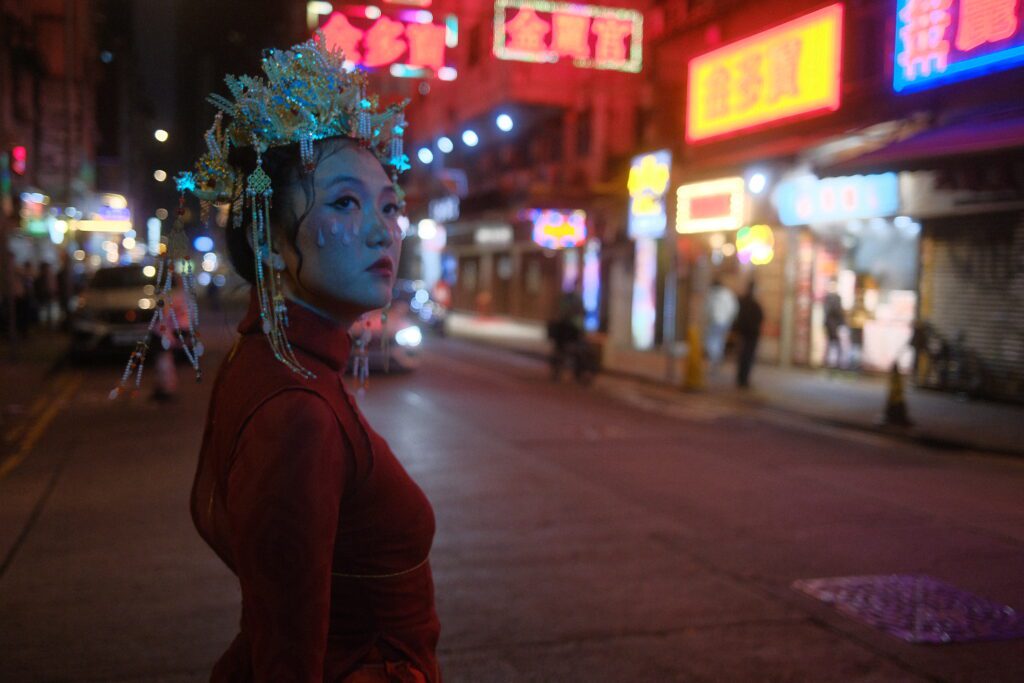
How long have you been in Naarm and what prompted the move?
I moved for a number of reasons but mainly because I wanted to widen my reach in terms of audience and collaborators. Because I’ve been in Sydney so long, it’ll always be my spiritual home, but I’m at a point in my practice where I’m wanting to work nationally and internationally. So, it’s been a good step towards broadening those horizons.
What drew you to the Collingwood Yards Studio Program and what’s been your experience of it so far?
Getting a studio at Collingwood Yards has been such a win. A three-year lease is unheard of! I was like “OMG I can put real furniture in here.” It’s also been really nice to have new studio buddies and it’s helped me find my groove down here. I was drawn to the program because of the location, heavily subsidised rent and the longevity. I’ve had lots of studios before and in most of them the longest lease you’re offered is maybe a year and a half. It takes a while to get used to a space and to know the people in that area, so having a longer-term lease allows for deeper connections with organisations and other practitioners, even if it’s just to bounce ideas off each other.
It’s also a beautiful space, the studio is light filled, the kitchen and facilities are great and you’re surrounded by bars like Hope Street Radio and little shops that make it feel like a hub. Every time I walk into the studio, I feel like I’m entering a space that’s creative and vibrant. When I leave the studio at night time it’s the same feeling, to be surrounded by the lights in the courtyard, the Centre for Projection Art’s projections and the smell of the fire pits, it’s a real sensory treat.
What’s been inspiring you lately? What have you been reading, listening to or watching?
I’m always thinking about various things, but bees have really been on my mind. I was recently commissioned by a choir in Sydney, Inner West Voices, to write a choral piece. I wrote an ode to bees because I was very touched by the documentary Honeyland. The main character’s mantra is “half for you, half for me.” You have to save some honey for the bees. They can’t survive if you take all their sustenance. She chants this mantra in Macedonian, which I’ve turned into a choral song that’s about how we can’t survive without the bees. In essence, I’ve been thinking about the climate crisis in relation to the women’s songs I’ve been learning, care and kinship, not only for people, but for land and animals as well. This is a practice that’s well known in First Nations and Indigenous groups and emphasises our responsibility, which is more urgent now than ever. On a lighter note, I’ve been doing a lot of skipping (I picked it up in lockdown) and I’ve been listening to Meajin artist Dameela’s Spotify playlist (while I skip). I’m also really enjoying Cherry Chola, a Latinx artist from Sydney.
Header: Rainbow Chan Headshot by ELS.
Image 1 and 2: Rainbow Chan, The Bridal Lament (2023). Stills by Capsule48.

